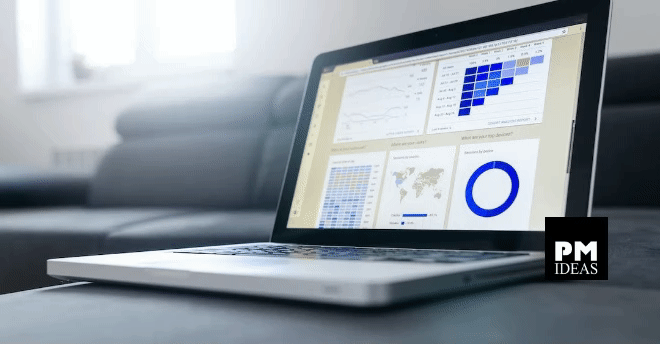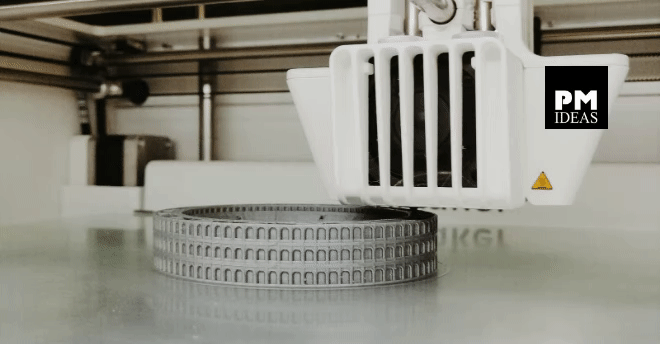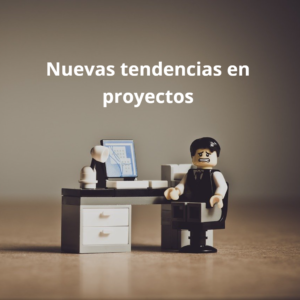Eduardo Souza
https://images.adsttc.com/media/images/6425/d127/2026/bb01/70fb/1b01/medium_jpg/pt-the-workspaces-of-the-future-should-prioritize-peoples-well-being_22.jpg?1680200000
The Workspaces of the Future Should Prioritize People’s Well-being

How can a space that is no longer essential become valued again? The traditional office as we know it is disappearing with the changes brought about by technological advances and globalization, all of which was accelerated by the impositions of the pandemic. As living and working become inseparable activities and hybrid, flexible work arrangements are now the norm in many fields, offices will need to become increasingly sustainable, healthier, and also more comfortable. But how can architects and designers design workspaces so that people will continue to want to inhabit them? What solutions and furnishings can meet the needs of occupants, with flexible solutions that can adapt to a variety of activities and purposes?
In this text, we will explore 12 key aspects of the future of workspaces and the furniture that will be used within them, based on research developed by the Spanish company Andreu World, a manufacturer of comfortable seating and tables for work, corporate and public spaces, as well as outdoors, hotels, cafeterias and restaurants:
Natural connection
Incorporating green spaces into indoor and outdoor environments has proven effects on mental balance, well-being, creativity and productivity. The trend of biophilia in architecture has been on the rise among companies, with the incorporation of plant and mineral elements, as well as the abundant use of natural materials such as stone and wood.
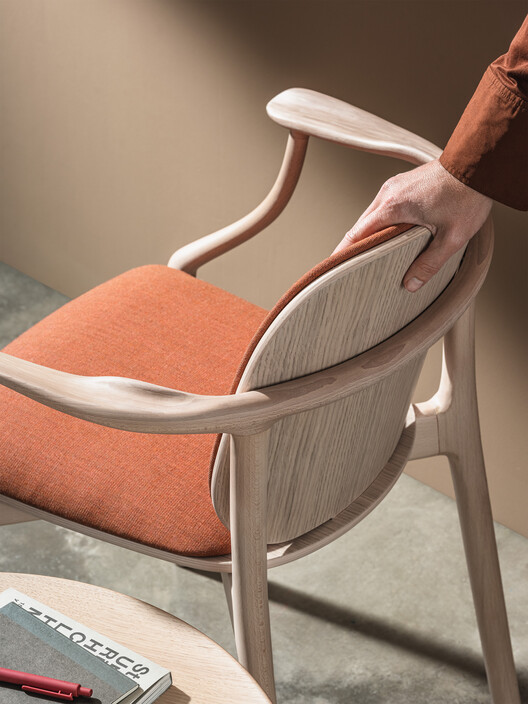
Spaces that promote collaboration
Shared areas and flexible spaces are important for improving collaboration and teamwork, as well as enhancing company culture. Using the most appropriate furnishings can facilitate creative meetings and improve productivity by forming quiet, comfortable, spacious and healthy zones that promote efficiency and connectivity to share with colleagues, partners and customers.

Produce more with comfort
Fatigue at work has a direct impact on performance and can be mitigated with breaks, but also with the right furnishings. Comfort and convenience are essential to promote active rest, which has become increasingly popular among people who prioritize a healthy lifestyle. Taking breaks and working a little less doesn’t necessarily decrease productivity, and ergonomics play a key role in ensuring that furniture is conducive to concentration and relaxation.
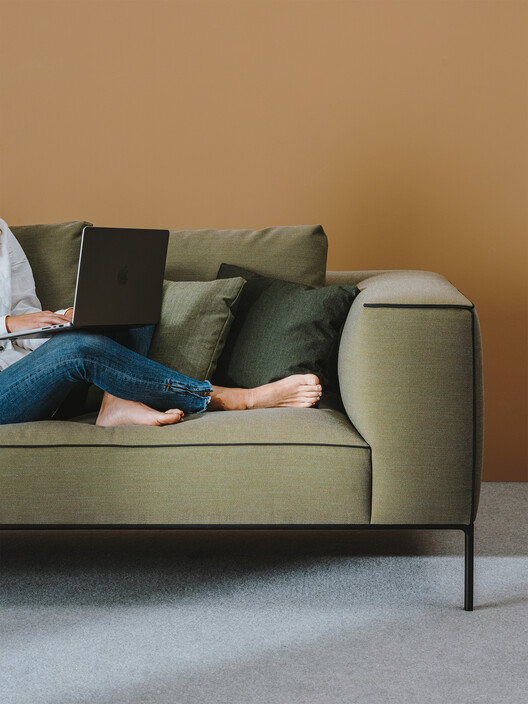
Reuse and recycle for a better future
Repair and reuse: in other words, incorporating the reuse and recycling of office elements and furniture is a more sustainable and economically viable approach. This is a smart goal that can transcend the workplace and reach a company’s employees, transmitting respect for the planet and long-term awareness in daily activities. Reducing waste is key to a possible future.
Fuente: PMideas (The Workspaces of the Future Should Prioritize People’s Well-being).


